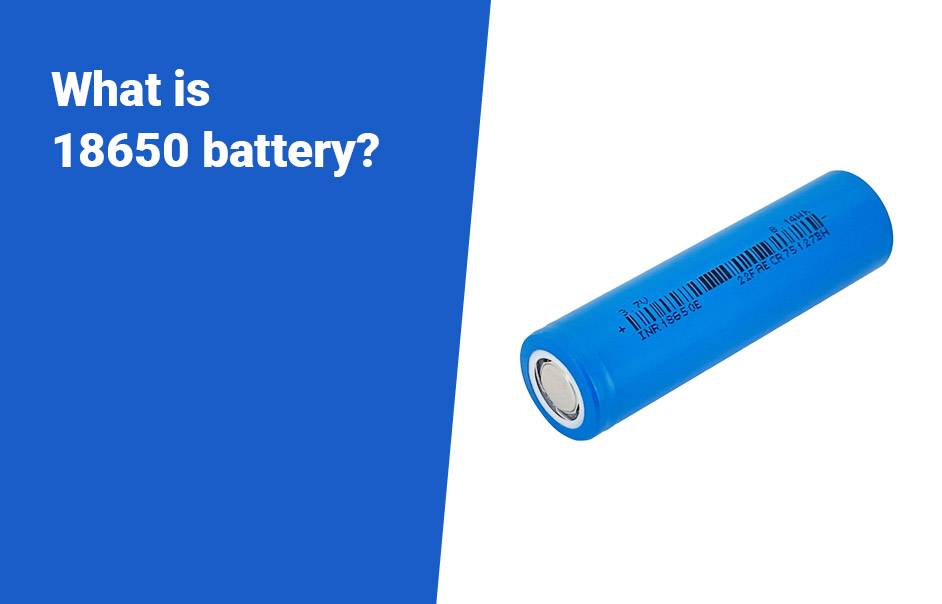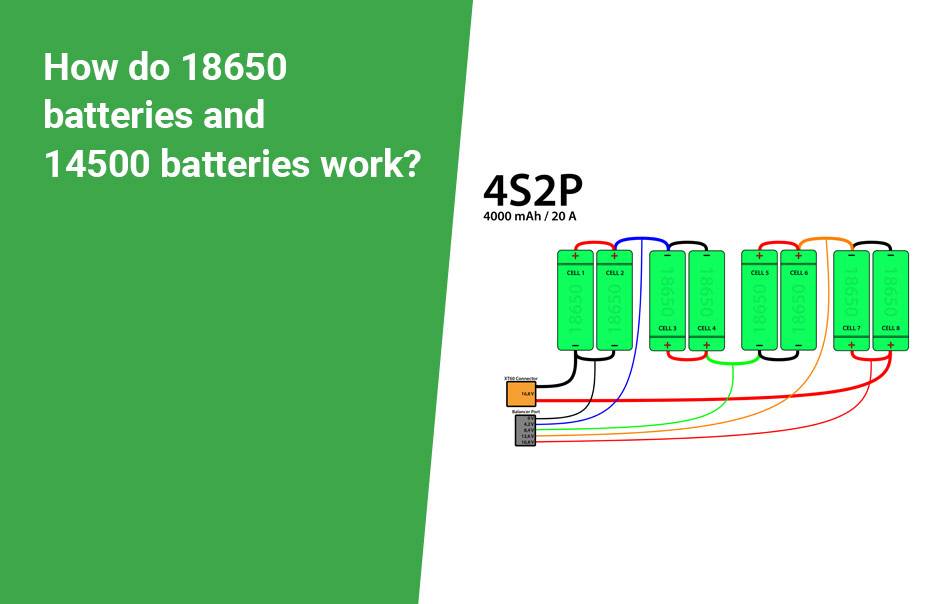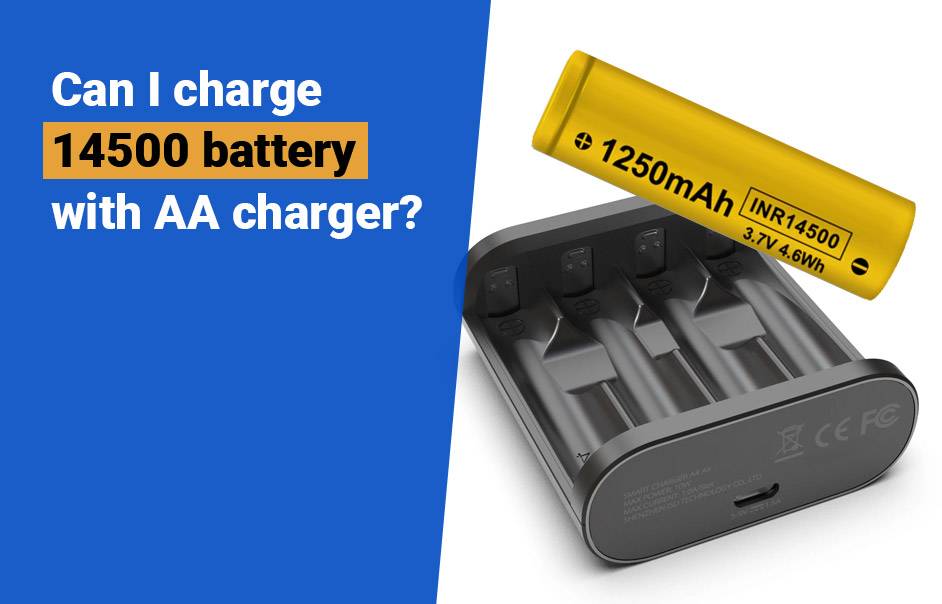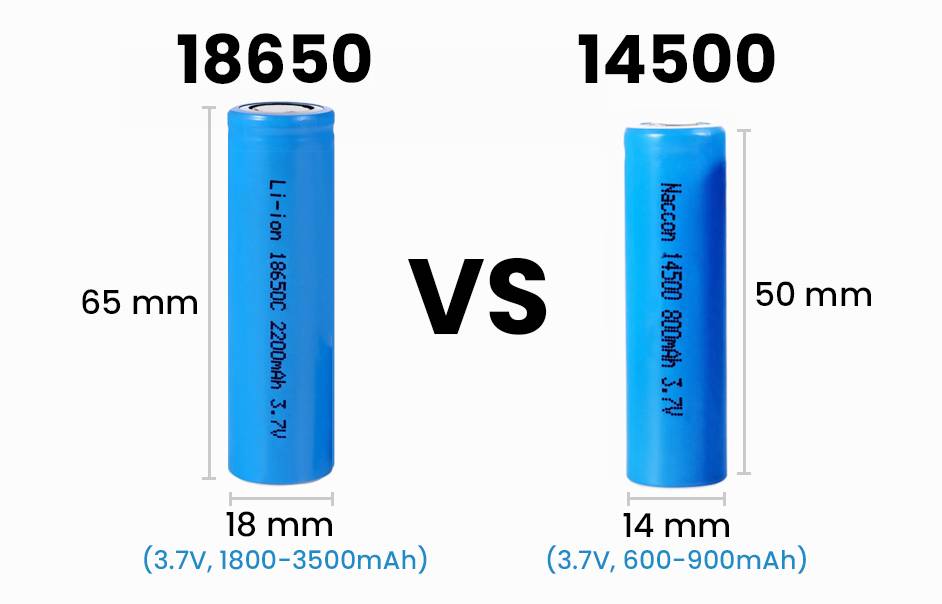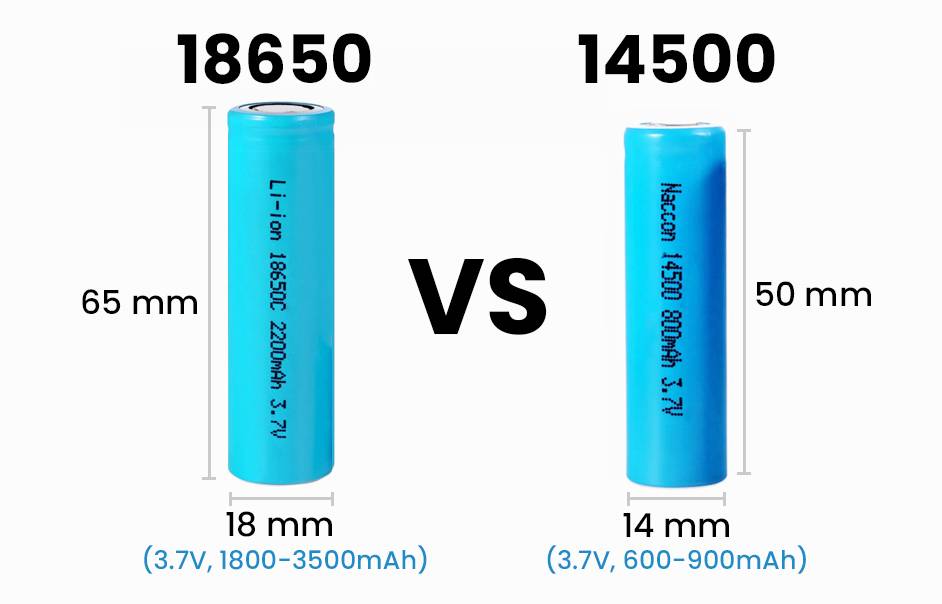- Forklift Lithium Battery
-
48V
- 48V 210Ah
- 48V 300Ah
- 48V 420Ah (949 x 349 x 569 mm)
- 48V 420Ah (950 x 421 x 450 mm)
- 48V 456Ah
- 48V 460Ah (830 x 630 x 590 mm)
- 48V 460Ah (950 x 421 x 450 mm)
- 48V 460Ah (800 x 630 x 600 mm)
- 48V 460Ah (820 x 660 x 470 mm)
- 48V 500Ah
- 48V 560Ah (810 x 630 x 600 mm)
- 48V 560Ah (950 x 592 x 450 mm)
- 48V 600Ah
- 48V 630Ah
-
48V
- Lithium Golf Cart Battery
- 12V Lithium Battery
12V 150Ah Lithium RV Battery
Bluetooth App | BCI Group 31
LiFePO4 Lithium
Discharge Temperature -20°C ~ 65°C
Fast Charger 14.6V 50A
Solar MPPT Charging - 24V Lithium Battery
- 36V Lithium Battery
- 48V Lithium Battery
-
48V LiFePO4 Battery
- 48V 50Ah
- 48V 50Ah (for Golf Carts)
- 48V 60Ah (8D)
- 48V 100Ah (8D)
- 48V 100Ah
- 48V 100Ah (Discharge 100A for Golf Carts)
- 48V 100Ah (Discharge 150A for Golf Carts)
- 48V 100Ah (Discharge 200A for Golf Carts)
- 48V 150Ah (for Golf Carts)
- 48V 160Ah (Discharge 100A for Golf Carts)
- 48V 160Ah (Discharge 160A for Golf Carts)
-
48V LiFePO4 Battery
- 60V Lithium Battery
-
60V LiFePO4 Battery
- 60V 20Ah
- 60V 30Ah
- 60V 50Ah
- 60V 50Ah (Small Size / Side Terminal)
- 60V 100Ah (for Electric Motocycle, Electric Scooter, LSV, AGV)
- 60V 100Ah (for Forklift, AGV, Electric Scooter, Sweeper)
- 60V 150Ah (E-Motocycle / E-Scooter / E-Tricycle / Tour LSV)
- 60V 200Ah (for Forklift, AGV, Electric Scooter, Sweeper)
-
60V LiFePO4 Battery
- 72V~96V Lithium Battery
- Rack-mounted Lithium Battery
- E-Bike Battery
- All-in-One Home-ESS
- Wall-mount Battery ESS
-
Home-ESS Lithium Battery PowerWall
- 24V 100Ah 2.4kWh PW24100-S PowerWall
- 48V 50Ah 2.4kWh PW4850-S PowerWall
- 48V 50Ah 2.56kWh PW5150-S PowerWall
- 48V 100Ah 5.12kWh PW51100-F PowerWall (IP65)
- 48V 100Ah 5.12kWh PW51100-S PowerWall
- 48V 100Ah 5.12kWh PW51100-H PowerWall
- 48V 200Ah 10kWh PW51200-H PowerWall
- 48V 300Ah 15kWh PW51300-H PowerWall
PowerWall 51.2V 100Ah LiFePO4 Lithium Battery
Highly popular in Asia and Eastern Europe.
CE Certification | Home-ESS -
Home-ESS Lithium Battery PowerWall
- Portable Power Stations
18650 vs 14500 Battery Comparison and FAQs
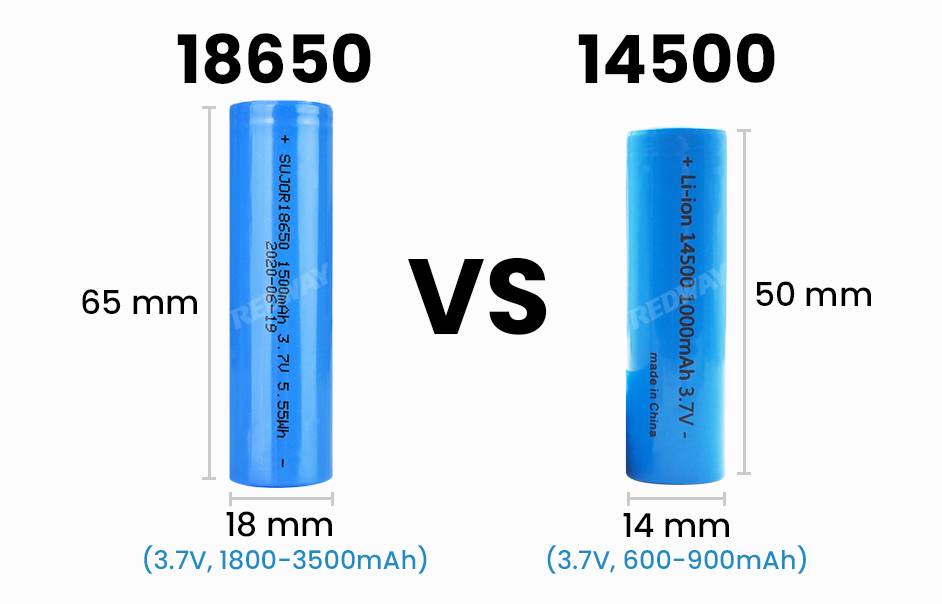
The comparison between 18650 and 14500 batteries reveals significant differences in size, capacity, and application. The 18650 battery typically offers a higher capacity (up to 3500mAh) compared to the smaller, more compact 14500 battery (600mAh to 900mAh). Understanding these differences is crucial for selecting the right battery for your specific needs.
What are 18650 and 14500 batteries?
The 18650 battery is a cylindrical lithium-ion cell measuring approximately 18mm in diameter and 65mm in length. It is widely used in high-drain devices due to its high capacity and discharge rates. The 14500 battery, on the other hand, measures 14mm in diameter and 50mm in length, making it similar in size to a standard AA battery. Despite its smaller size, it is suitable for lower power applications.Chart: Basic Specifications of Battery Types
| Feature | 18650 Battery | 14500 Battery |
|---|---|---|
| Diameter | 18 mm | 14 mm |
| Length | 65 mm | 50 mm |
| Capacity | Up to 3500 mAh | Up to 900 mAh |
| Voltage | ~3.7V | ~3.7V |
How do the capacities of 18650 and 14500 batteries compare?
The capacity of a battery determines how long it can power a device before needing a recharge. The 18650 battery typically has a capacity ranging from 1200mAh to over 3500mAh, making it ideal for high-drain devices like laptops, electric vehicles, and power tools. In contrast, the 14500 battery generally has a capacity of 600mAh to around 900mAh, making it suitable for lower-power devices such as flashlights and remote controls.
How do the discharge rates differ between these batteries?
Discharge rate is crucial for determining how quickly a battery can deliver power. The 18650 battery can support higher discharge rates, often reaching up to 10C, which allows it to provide bursts of power needed by high-performance devices. The 14500 battery, however, typically supports lower discharge rates of around 0.5C to 1C, making it less suitable for high-drain applications but adequate for moderate power needs.
What are the applications for each battery type?
Both battery types serve different purposes based on their specifications:
- Applications for the 18650 Battery:
- Laptops
- Electric vehicles (EVs)
- Power tools
- High-powered flashlights
- Drones
- Applications for the 14500 Battery:
- Flashlights
- Remote controls
- Small electronic gadgets
- Cordless tools
Chart: Application Overview
| Application Type | Suitable Battery Type |
|---|---|
| High-drain electronics | 18650 |
| Portable devices | Both |
| Low-power gadgets | 14500 |
What is the chemistry behind these batteries?
Both 18650 and 14500 batteries commonly use lithium-ion chemistry, primarily utilizing nickel-cobalt-manganese (NCM) or lithium iron phosphate (LiFePO4) materials. This chemistry allows both types of batteries to have similar voltage characteristics, typically around 3.2V to 3.7V, which makes them interchangeable in some applications.
How do voltages compare between the two battery types?
Both types of batteries operate at similar nominal voltages, generally around 3.7 volts. However, they can reach a maximum voltage of up to 4.2 volts during charging. This voltage consistency means that both types can be used in devices designed for either without significant issues, provided that other specifications like capacity are also considered.
What tips should buyers consider when choosing between them?
When selecting between an 18650 and a 14500 battery, consider:
- Device Compatibility: Ensure that your device can accommodate either size.
- Power Requirements: Assess whether your device requires high-capacity or moderate-capacity power.
- Discharge Rates: Choose based on how quickly your device needs power.
- Cost Considerations: Compare prices as larger capacity batteries may cost more but offer better performance.
For those seeking alternatives or replacements, Redway Power, known for its high-quality lithium-ion solutions, offers excellent options tailored to specific needs.
Redway Power Expert Views
“Choosing between an 18650 and a 14500 battery ultimately depends on your specific application requirements,” states a representative from Redway Power. “Understanding their unique characteristics allows users to maximize performance while ensuring safety and efficiency in their devices.”
